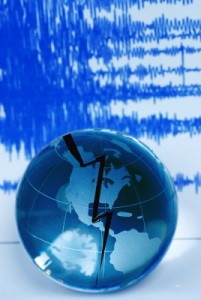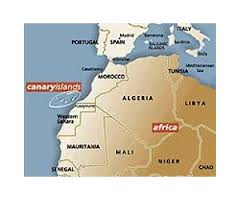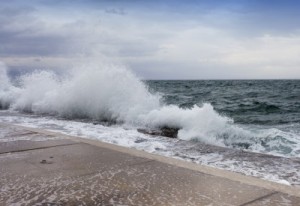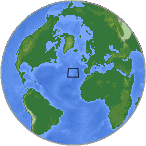
There is an increase in earthquakes today.
There has been an increase in earthquakes over the past two days, and these quakes are taking place in some very interesting places – as I am writing this article, a 5.2 magnitude quake just occurred in Italy.
4.5+ Quakes
Here is the list of earthquakes 4.5 and above that have occurred worldwide over the past 36 hours from the Middle East to the Pacific Rim:
- 5.1 ENE San Isidro, Philippines
- 5.2 NNE of San Gregorio, Italy
- 4.7 NW of Saumlaki, Indonesia
- 5.7 E of Bitung, Indonesia
- 4.8 SE of Puente Alto, Chile
- 5.1 E of Bitung, Indonesia
- 5.0 SSE of Bilungala, Indonesia
- 4.7 S of Shemya Island, Alaska
- 5.6 SE of Taron, Papua New Guinea
- 4.7 SSW of Lata, Solomon Islands
- 4.7 N of Orebic, Croatia
- 4.5 N of Isangel, Vanuatu
- 4.5 SE of Ishinomaki, Japan
- 4.7 WNW of Hachijo-jima, Japan
- 4.9 E of Farallon de Pajaros, Northern Mariana Islands
- 4.7 ENE of Farallon de Pajaros, Northern Mariana Islands
- 4.6 E of Farallon de Pajaros, Northern Mariana Islands
- 4.8 ESE of Abdanan, Iran
- 4.8 E of Farallon de Pajaros, Northern Mariana Islands
- 5.5 E of Farallon de Pajaros, Northern Mariana Islands
- 5.9 NW of Neiafu, Tonga
- 5.8 North of Ascension Island
- 4.8 ENE of Ndoi Island, Fiji
- 4.6 E of Farallon de Pajaros, Northern Mariana Islands
- 5.8 SSW of Avsallar, Turkey
- 4.9 S of `Ohonua, Tonga
- 5.0 E of Farallon de Pajaros, Northern Mariana Islands
- 4.8 E of Farallon de Pajaros, Northern Mariana Islands
- 4.9 E of Irapa, Venezuela
- 4.6 ESE of Lambasa, Fiji
- 4.7 N of Gizo, Solomon Islands
- 5.3 Pacific-Antarctic Ridge
- 5.1 NNE of Lae, Papua New Guinea
- 4.6 NE of Tamrida, Yemen
- 4.8 WNW of La Ligua, Chile
- 5.4 W of Frontera, Spain
- 5.0 E of Hachinohe, Japan
- 4.5 NNW of Raoul Island, New Zealand
- 4.7 SSW of Chirovanga, Solomon Islands
- 4.5 NW of Sikabaluan, Indonesia
The quakes are occurring about every 30 minutes, so expect this list to continue growing …



